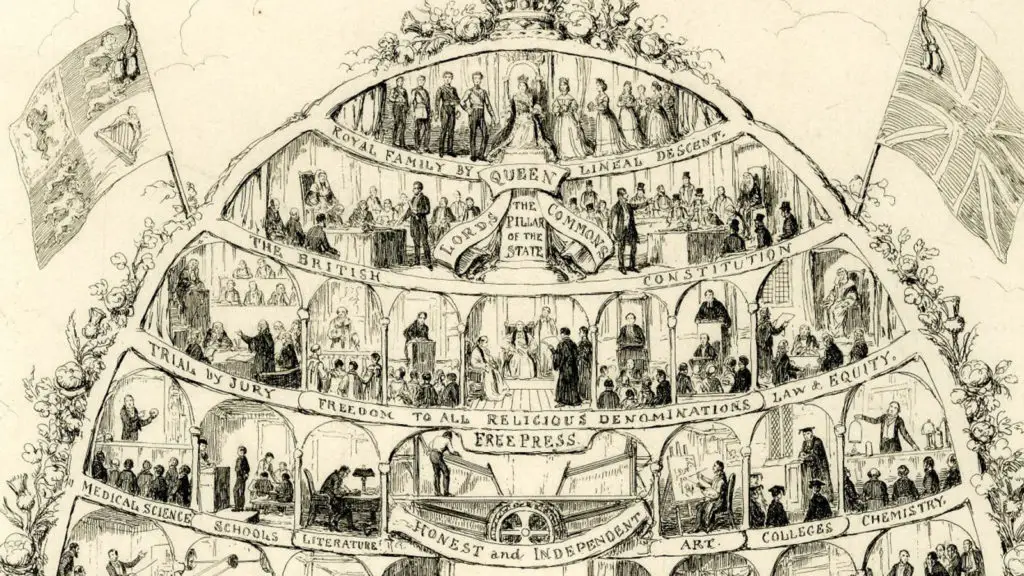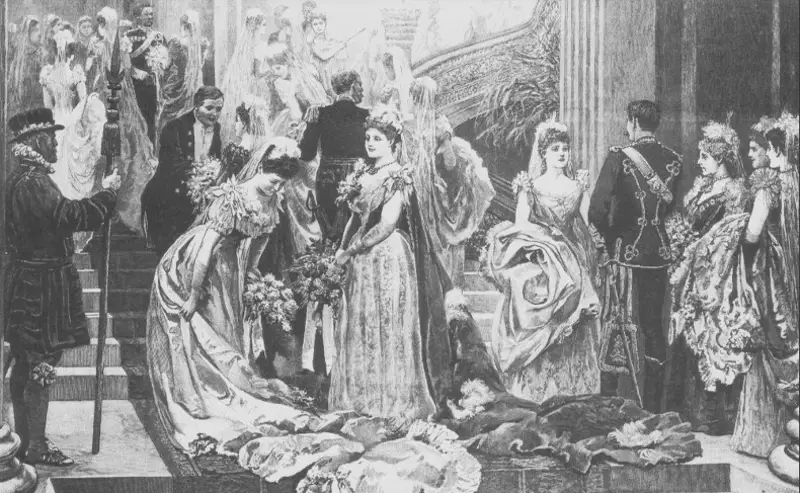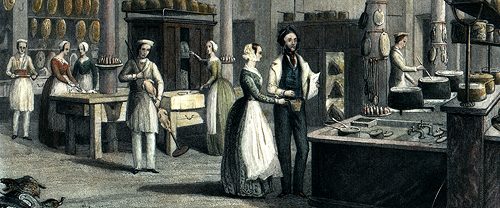The Georgian Era is a period between 1714 to 1830 and has been named after the four Kings- George I, George II, George III and George IV, who ruled over England during these years. The Georgian Era holds particular significance in the history of England because the initial steps to modernization were taken place during this era. It marks the beginning of industrialization and a change in the social structure of the country.
The Three Social Classes
Prior to the Georgian Era, the society of England was divided into two social classes- the upper and the lower. The upper class included the rich who owned the majority of property and money in the country. The lower social classes included the people who used to do manual labor for the richer upper classes and made their ends meet by doing their menial jobs for them.

The Georgian Era saw the rise of a middle class in English society. The rich held most important businesses during the Georgian Era which allowed them to increase their wealth.
However, as modernization started to penetrate the social setting of the country, it resulted in the rise of a new social class called the middle class. The middle class had workers who possessed certain technical skills. These skills helped them improve their financial conditions as the Georgian Era society started to change.
Customs of the Upper Class
The upper social classes, also known as the gentry, was the social section that had control over most of the resources of the country. Being born in an upper class family automatically provided the status of a gentleman or a lady to a person.
Most of the financial assets of the upper class were inherited by the eldest son of the family. For the younger sons, military, law, medicine and clergy were the professions that allowed them to maintain their status in the social context.

Women were highly restricted in the upper classes. Their education was limited to the subjects that would help them to manage their household well and girls were taught these skills from a very early age. Most marriages were settled for girls by their fathers and they had very little say in the matter.
In order to achieve upward social mobility, many girls were married to men who were much elder to them and their only job in the household was to bear children. In an unhappy marriage as well, divorce was rarely a practical choice.
Customs of the Middle Class
The middle class emerged in England after the industrial revolution had started to affect the economy of the country. The new factories that were being established needed skilled workers and people who could manage them. This provided the lower class people with an opportunity to learn these skills and find jobs based on them.
As the skilled workers were limited, they were treated very well and were provided with much better salaries. The Georgian Era experienced a rise in factories and hence, a demand for skilled people increased in industries.

The middle class emerged as a bridge between the upper and lower classes. As a result, the social customs that they used to follow were also an amalgamation of the lifestyle of the upper and the lower classes. Unlike the upper classes, the women of the middle classes used to have jobs and work.
They did not, however, have the status of the gentry in the society, but were respected by the lower class people as they were professionally and socially superior to them. They did not perform any menial tasks and tried hard to maintain their status.
Customs of the Lower Class
The lower class during the Georgian Era was mostly struggling with making their ends meet. They had limited financial resources and usually had to struggle to earn a square meal. By the Georgian Era, the wealth gap in the English society had increased and it had become more difficult for the lower classes to make a living. As a result, the social customs of the lower classes changed in order to cope up with the social changes around them.

The lower classes had no property or resources that they could rely on for their survival. As a result, most people from the lower classes usually used to live in the cities and work there from a very young age.
The lives of the people who belonged to the lower social classes were considered much less valuable than anyone in the upper classes, which directly affected the supply of most of the basic amenities for them.
As a result, they had to live in poor conditions and were exposed to a number of diseases. Thus, the lower class people were not very proud of their social customs and would break them often for a chance of a better life.